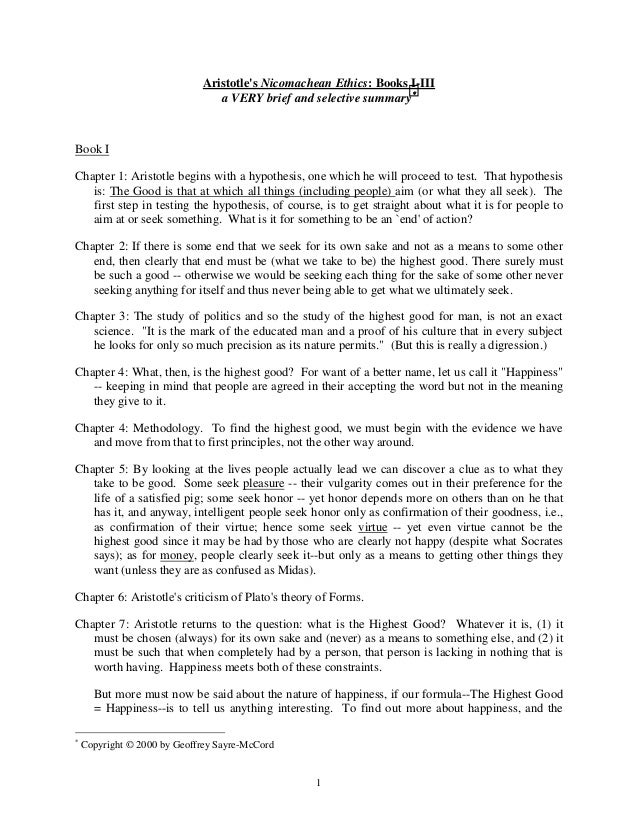Spectroscopic methods uv vis transition metal complexes.
Introduction. The transition probability is defined as the probability of particular spectroscopic transition to take place. When an atom or molecule absorbs a photon, the probability of an atom or molecule to transit from one energy level to another depends on two things: the nature of initial and final state wavefunctions and how strongly photons interact with an eigenstate.The Mossbauer spectroscopy is a spectroscopic technique based on the Mossbauer Effect. The most common form of Mossbauer spectroscopy is Absorption spectroscopy, where a solid sample is exposed to a beam of gamma radiation and a detector measures the intensity of the beam that is transmitted through the sample.In vibrational spectroscopy, the intensity of spectroscopic transitions is proportional to the expectation value of the vibrational dipole moment operator (i.e. ) where, ,and; and are the final and initial vibrational states of the transition, respectively. (a.).
The ratio of the initial intensity (entering the sample (Io)) and final intensity (exiting the sample (It)) of light at a certain wavelength is defined as the transmittance (T). Most of the time it has been expresses as percent transmittance. And the absorbance (A) of a sample is the negative logarithm of the transmittance.Multiple choice questions. Try the following multiple choice questions to test your knowledge of this chapter. For each question there is one correct answer. The periodic table, physical constants and relative atomic masses needed for these problems are given on the inside covers of Chemistry, fourth edition by C.E. Housecroft and E.C. Constable.Once you have answered the questions, click on.

Spectroscopy is that branch of physics which deals with interaction light with materials. In other words it is an analytical method for qualitative and quantitative estimation by use of light. Light is as we all know is an electromagnetic radiation which has wave and frequency as measurable characters. You can know more details here on the.











